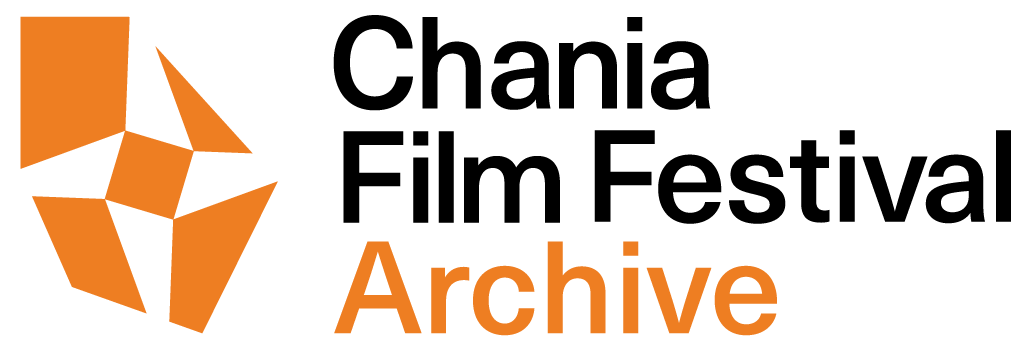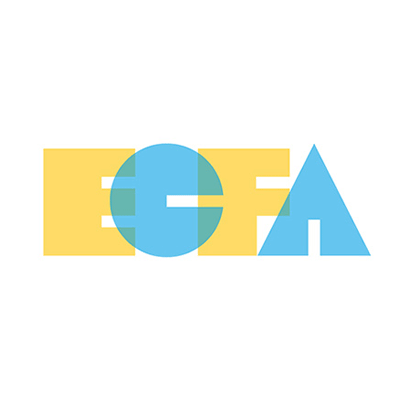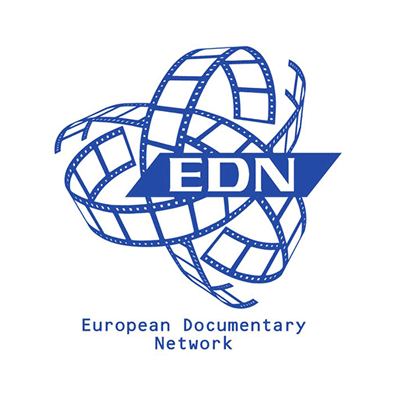Making a Movie in a School Environment
(Documentary, Fiction, Animation)
The aim of the program is the understanding and knowledge of basic principles of cinema and the creation of short films in the school units of primary and secondary education. The aim is to return to the social character of cinema. It is addressed to teachers who wish to organize film groups in their school (teacher, students of a school class and their parents or teacher and students of a school).
Then, we present in detail the curriculum for educational and educational program: Cine Lessons / Creating a Film in a School Environment (Documentary, Fiction, Animation).
Objectives of the programme:
The broader aim of the action is to, through the design and operation of a film team in the school, achieve steps towards the cinematic of literacy, i.e. the acquisition of skills, not only of viewing / consumption (use) but also of critical evaluation of audiovisual products (with the aim of creation of visual concepts and production of visual messages). The activities of the film team will offer the opportunities to teachers, students and parents for a sequential transition from the viewing-enjoyment of the film, the spontaneous expression of emotions and the description, to the investigation of emotions, the decoding of the creator's intentions, and will lead to expression-creation. Particular emphasis is given to the approach of local and oral history through the documentary.
Individual goals for teachers, students, parents:
● The cultivation of film education at school.
● The ability to watch films that belong to different genres (narrative, documentary, animation, etc.)
● The enjoyment of viewing.
● The promotion/understanding of the social role of cinema.
● The acquisition of techniques/strategies for the selection (critical evaluation) of films as conscious viewers.
● The knowledge and approach of tools/means, the technology of cinema and its implications.
● The acquaintance with the methods and techniques with which the film product is produced.
● The development of a critical attitude (study-research) towards film products (expressive conventions and optical media).
● The approach of social issues through films.
● The use of audiovisual tools for the development of personal expression skills.
- The creation of a short film within the school group
- The detection of local and oral history and its depiction in a short documentary
Particular aim for teachers:
The acquisition of skills in the design of film literacy activities and their implementation either in the school or in the context of informal education.
Duration of the program: Seven (7) months
Program Training Steps
Theprogramme, in terms of its educational dimension, is carriedout througha specialty(modern distance learning meetings) and through meetings. As for its educational dimension (implementation of activities in the school group), it presupposes the face-to-face teaching of the participants.
The training steps:
Following the relevant public call for participation
(a) The participating teachers participate, every twenty (20) days in synchronous distance or in face-to-face training sessions. In the first sessions, the basic terms of cinema and cinematic expression are approached and presented. In the framework of the meetings, experiential actions and expression exercises are planned and implemented. Relevant material is distributed to the participants with access to our relevant educational platform
(b) At this stage the participating teachers have a special approach to the script creation section as well as to the documentary section and local – oral history. At this stage, both filmmakers and historians are involved in the training. At the same time, experiential exercises are designed and implemented. At the same time, the participating teachers are invited to form their teams at the level of the school unit.
(c) Participating teachers and their groups are invited to propose a script idea for the creation of their film
(d) The participating teachers along with their students' groups attend jointly training sessions on the basic principles of cinematic creation and acquaintance with the means of cinema.
(e) Each school group under the supervision of its trainer processes its script proposal and through personalized meetings (face-to-face or remote) proceeds and shapes its scenario until its maturation for filming.
(g) The school team, with the support of the program and the supervision of its trainer, proceeds to the shooting of the film.
(h) The school team, with the support of the program and the supervision of its trainer, proceeds to the decoding of its material and the editing of the film.
The complete film of each school group is posted on a special channel of the Chania International Film Festival.
The completed film is also the final project for the participating teachers and their groups.
For the proper implementation of the program:
- P
a r l i afim m en
t ad op t e Eg i c a l o g u e w it h the Materialat Electronic
m
o
r o r o (e-b
o ok), forthat mattery na n d a n dko op r o t ec t i onniths t r a t e g i on Oo m is s i onppaney eyonein c om m is s i onthosewho are in need of thehehonors his printed edition. - The necessary technical equipment for the training is provided
- The necessary professional equipment is provided for the shooting and the final processing of the films.
- Support is provided by professional filmmakers – collaborators of the program.
At the same time, it providedthe full
Educational
support and domenOo m is s i onpr o t ec t i on o f theaideymeno o p r o t ec t i on o f theP a r l i afim m ent ad op t e dthelectroni a t i on (y a to space Pa r l i afim m en t ad op t eThereis a ekThen learning(ma) Fhis/her trainer, mmedian en a nd a n d a n d aobloodied inthefilamentrm m o t ielectroniu nc il S t ra t e g yt e r n a t i onmatteepici noonia, for thein the middleof they y ap p r o t ec t i on o f theyxetWhatis the casey y y me th e a n d t h e a n d t h Ithematic units andAt e r n a t i on a l l yorsEyou are o p e a n dxioloysthes or th e n telykor work.












































